It has been over a year since Entrapment’s initial release with the AGS Bake Sale and this space of time has allowed me to contemplate on the development of the game. As I recently released a slightly updated version of the game it seemed like the ideal time to write a postmortem of the development behind the original game. This article was featured on Game Career Guide as a Student Postmortem as the game was created initially during my time at University. In it I discuss the good and the bad elements behind the development of Entrapment.
Introduction I was probably 7 or 8, when my older sister’s boyfriend gave me his Super Nintendo Entertainment System. He was into sports and racing games and so had a couple of driving games and golf, I think, but I was never really into sports. I found the games dull and boring and so it wasn’t long before I went to my local Gamestation and bought something with brighter colours and a familiar face. When I first put the Super Mario All Stars cartridge into my second hand SNES I was blown away. What appeared on screen was a world that I could explore, characters that I could manipulate and interact with and secrets that I could discover. What I witnessed resonated with my childhood self and left a voice in my brain that would echo around my head for the rest of my life. ‘This is it’ it said, ‘This is what I’m going to do with my life’.
From that day on I was obsessed with the notion of making games. I drew characters, I invented worlds, I wrote detailed scribbles on game mechanics and began coming up with stories rather than having them read to me at bed time. Throughout my education I strived to cater my subjects to courses that would benefit me in my dream goal of becoming a game designer. This eventually led me to the University of Wolverhampton in the West Midlands, UK, where I would study a degree in Computer Game Design. In my final year I started work on my major project, which started off as a demo for an adventure game, but within a year grew into a short game that was included in the AGS Bake Sale Bundle and helped to raise over $4000 for Charity.
This is the story of Entrapment, but more importantly, it’s the story of the lessons I learned from making it. I will be covering the good and the bad, but let’s start with the good part first.

What Went Right
Using the Right Tools I’m not a programmer by nature. Throughout school, I much preferred making my ideas come to life through words and concept images, but that will only take your game so far. When I hit 17, I decided it was time to actually make a game instead of writing them down or filing ideas away in my brain. I opened my laptop and began searching for a FREE game creation tool. The idea of having to program something really scared me and I kept being put off by phrases like ‘programming language’ and ‘code’. I began to feel that my search was fruitless as I had no idea what I was looking for, until I stumbled upon a game editor specifically for Adventure Games. I should take this opportunity to mention that I. LOVE. ADVENTURE GAMES. Even before they made their come back, I was always fascinated by games like Broken Sword, Monkey Island and Simon the Sorcerer. With this Game Engine I could create my very own. What I proceeded to make was an abomination called ‘The Adventures of Turquoise Macdonald’. I returned to the game engine years later to make a few games for University. When it was time for my final project, I had accumulated enough basic AGS programming knowledge to create a decent demo. I then felt comfortable to continue the project and make it my first fully finished game (not counting Turquoise Macdonald). Selecting the right tools for the job is essential for development. By all means, try new things out from time to time - it’s the only way to make sure you are using the right tools - but for something like a final project at university, you need to ensure that you go with something you’re comfortable with. Choosing the right engine to make Entrapment in was a vital factor in it seeing the light of day.
Reaching out to the Community I was working on Entrapment pretty much on my own. As well as being an awesome tool for making games, Adventure Game Studio also has an excellent community. The forums are full of friendly people who are willing to help out whenever you need advice on your code or the best way to do something or even something totally non-game related. As I was working alone, I felt it was important to reach out to the AGS community for feedback on the game. I posted screenshots of artwork asking for improvements, I asked people what they thought was the best adventure game interface as well as looking and offering comment on other people’s work. This brings me to my favourite thing about Entrapment, the music. I don’t have a musical bone in my body and when it came to putting music into Entrapment I didn’t want to take some random loop I found on some website, I wanted it to be tailored to the game. I was looking for a way I could find someone who would be willing to make music for the game for free, and I thought what better place than the community of people who are interested in creating things with AGS. I added a post on the forums asking if anyone was interested in helping out with the game and within a week I had a number of replies. Because I reached out to the AGS community, I went from having no music in the game and no idea how to make it, to having someone who was talented and dedicated to creating an original soundtrack for the game. I asked Brian ‘SwordofKings128’ Carnrike to make the music for the game and he did a spectacular job. He also offered some valuable input on the game itself and without him and the AGS community I believe that Entrapment would have nowhere near the creepy atmosphere that it has.
Joining the AGS Bake Sale To begin with Entrapment was just going to be something I put out there for free on the Adventure Game Studio website and that would be it. It would probably be played by just a handful of people and it wouldn’t have received very much exposure. Around a month before I was due to release the game, I heard about the Adventure Game Studio Bake Sale. The AGS Bake Sale was going to be a bundle of games made with AGS where players could pay what they want for the games and the proceeds would go to a worthy cause. Initially, this cause was going to be helping out the cost of maintaining the AGS website and forums, however this was scrapped in favour of donating the money to charity. I felt this would be an opportunity to give something back to the AGS community, gain some exposure and help out a worthy cause. I offered Entrapment up to the Bake Sale and it released in January 2012. Managing to get Entrapment to be part of the AGS Bake Sale offered exposure I wouldn’t have thought possible otherwise, appearing on The Escapist, Rock Paper Shotgun and Indie Game Mag. It also felt amazing when I heard that we had managed to raise over $4000 for charity. Joining the Bake Sale also gave me an awareness of the importance of seeking out opportunities for your game to gain exposure, even if it is a free one.
Including Humour Initially I wanted Entrapment to contain very little to almost no humour due to the story and themes of the game coming from a very dark and creepy place. As soon as I started to write dialogue for the game I felt as though the exclusion of comedic elements was going against every adventure game I had ever played. From Monkey Island to Broken Sword, all these games included elements of humour, even if it played only a small part. Writing heavily serious dialogue for Entrapment felt wrong and so it wasn’t long before the odd joke began to slip in. Once I had written the dialogue the game contained hints of dark humour. Looking back, I’m happy that I made this decision. I feel as though the inclusion of humour allowed players to enjoy the game a lot more. Otherwise the game could have ended up being a dreary depressing mess. I believe that as long as your game isn’t focusing itself on a deeply serious topic, then the inclusion of humour can never be a bad thing and, if done well, will only enhance the player experience, just as those adventure games did throughout my childhood.
Listening to Feedback I think it is a good idea to gain feedback on your game as soon as possible. When you have a playable prototype, send it out to people that you trust and get them to give you feedback. With Entrapment, I got a lot of feedback from Brian who worked on the game’s music and it was him that suggested that I include some allusions as to Sam’s backstory and the possible reasons why he was doing what he was doing (could you believe I had an almost complete version of the game without coming up with this?). So I included the conversation at the start of the game to give a hint to players as to what was the cause of Sam’s ahem issues. Getting others to play your game and offer feedback is also crucial when it comes to testing. Listening to the feedback of others will ensure that your game doesn’t contain any serious flaws that players don’t understand or might not agree with and catching this early on in development is much easier than trying to fix these aspects further down the line.What Went Wrong
Too Much Exposition Looking back I realise now that the introduction to Entrapment is WWWWWWWWWWWWWWWWWWWWWWWWWWWWWWWWAAAAAAAAAAAAAAAAAAAAAAAAAAAAAAAAAAAAAYYYYYYYYYYYYYYYYYYYYYYYYYYYYYYYYYY TTTTTTTTTTTTTTTTTTTTTTOOOOOOOOOOOOOOOOOOOOOOOOOOOO LLLLLLLLLLLLLLLLLLLLOOOOOOOOOOOOOOOOOOOOOOOOOOOONNNNNNNNNNNNNNNNNNNNNNNNNNNNNNNNGGGGGGGGGGGGGGGGGGGGGGGGGGGGGGG. The series of cutscenes that start off the game are long, tedious and annoying. When you boot up a game, you want to be able to play the game. Take The Secret of Monkey Island for instance, Guybrush walks onto the screen, says “I want to be a Pirate” and that’s it, the game starts. If I had taken this approach with Entrapment and just let the player explore and piece together the story as they played, I would feel much better about the start of the game. When I watch people playing through that opening sequence it’s excruciating and not something I ever plan on having in a game ever again. Time Stone’s introductory sequence was tiny in comparison, but even then people felt as though it was too long, so imagine what people thought of Entrapment. People want to play games, not watch them and this is important to bear in mind when thinking of including cutscenes for your game.
Lack of Motivation Throughout Entrapment’s development I had periods where my motivation was running thin. I would sense a feeling of ‘I simply cannot be bothered’ which led to poor animations, puzzles being cut and almost no polish to the game at all. The end result was that Entrapment lost some of its initial soul which it had when I started creating it and that then led to being less motivated as I felt I was working on a lesser version of the game I had envisaged. I’m not sure what caused the lack of motivation for Entrapment, but I didn’t do enough to maintain it. I should have given myself a clear development timeline with deadlines and interim deadlines so that it felt as though I was achieving things along the way. Take time to discover and reflect on what motivates you when working on a game and bear that in mind during development, otherwise you can lose steam and struggle to regain it.
Art Frustration I don’t consider myself an artist, even though I did the artwork for Entrapment and Time Stone. I DO think that my art has improved with each game I have made. I had a lot of frustration early on with Entrapment due to the fact that I couldn’t seem to get perspective right. I would draw out a layout of a room on paper using rulers to get the perspective right, then scan it in, put a sprite of Sam over it and see if it felt right. If it didn’t, I would start again with different perspective point locations. At one point I even made a small scale model of Sam Drake to put against these drawn out images to see if the scale was right. This may sound like a convoluted way around to do it, and IT IS! It took many attempts to find one I was happy with and it was a frustrating process. Now I have a much simpler method of getting the perspective right for my adventure game backgrounds. This method consists of creating simplistic 3D models of locations and then painting over them in PhotoShop, which is much easier than the method I used with Entrapment. My lesson here was to practice my art and read up on art techniques that could have saved me some time and frustration. Alternatively, there may have been someone I could have asked to help out with the artwork, but for me, I wanted to practice my skills. In a way, I could look at the art frustrations as a positive, as they helped me hone my skills and find new ways of trying things, but at the time there was a huge amount of stress involved for me with trying to do the art for Entrapment when I doubted my skills as an artist.
The Ludicrous Storyline This is my biggest regret with Entrapment. I could have spent the time creating a wonderfully simplistic story that still had elements that hinted at a bigger picture, much like Time Stone. Instead I chose to create a game about a man who is trying to frame himself for murder. When I write it out like that I honestly cannot see what I was thinking. How would anyone ever think “You know what, that sounds like a really gripping story” and it is. If you’re talking about it gripping hold of your gonads because it’s so painful! To make matters worse, the reason behind this character wanting to frame himself for murder is utterly ridiculous. The story for Entrapment is probably the worst thing about the game. I may be coming across as being really critical about it, but it’s just something that I feel really strongly about. I feel as though I have learnt from the experience and now know to think carefully about story and to get feedback early on to avoid making the same mistake again. Games don’t have to contain a story, but if your game is centred around a story - as a lot of adventure games are - then you need to make sure it fits well and doesn’t detract from the gameplay.
Long Gaps of No Work The development of Entrapment suffered from long periods of no work being done on it. It could have been University, work getting in the way, personal life or lack of motivation as I mentioned earlier but, for whatever reason, I was unable to spend any long amount of time solidly working on the game and I believe that game suffered for it. What could have been completed in a matter of months ended up taking over a year to complete outside of other commitments. Sometimes gaps would last months and this may have contributed to the lack of motivation point from earlier. It meant that I would lose touch with the game and the longer I was away from development, the less I felt inclined to work on it. In the future, I feel as though it would be important to ensure that I will have time to work on a game before I start making it. The last thing I would want is to be really excited with an initial prototype, only to not work on it until months after and have lost all enthusiasm for it.Summary Entrapment started as a bunch of doodles in a sketchbook based around a simple game idea that I wanted to use as my final project at University. The end result was something I was only partially proud of. I like to think that players enjoy the music and the puzzles from the game, but I feel a little disheartened that I allowed myself to get as carried away with the story as I did. Here are the 10 lessons I learned from Entrapment in a handy list form. May you take away from them what you will; no doubt you will make your own mistakes as everyone does. Just make sure you learn from them.
01: Choose the right tools for the job
02: Reach out to the community when you need help
03: Never miss an opportunity to increase exposure for your game
04: Include humour where possible. Laugh and the whole world laughs with you. Weep and you weep alone
05: Listen to feedback and get feedback early
06: too much exposition can be damaging to your game
07: Keep motivated
08: Practice your art skills
09: Revise your story until it feels right
10: Stay on track during developmentEntrapment Details Developer: Stuart Lilford
Number of Developers: 1, with help on music from Brian Carnrike
Length of Development: 1 year
Release Date: January 2012
Development Tools: Adventure Game Studio, Adobe Photoshop, Fruity Loops
Platforms: PC
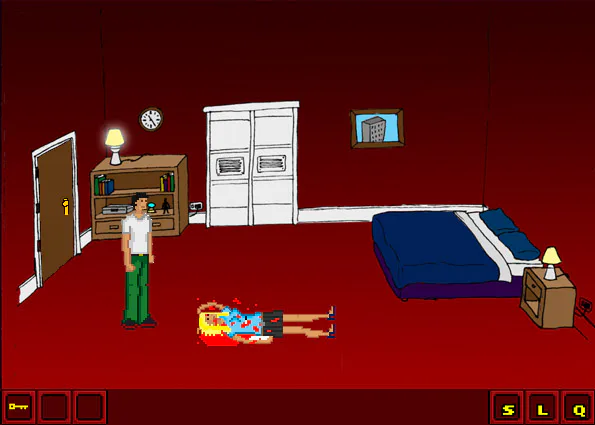
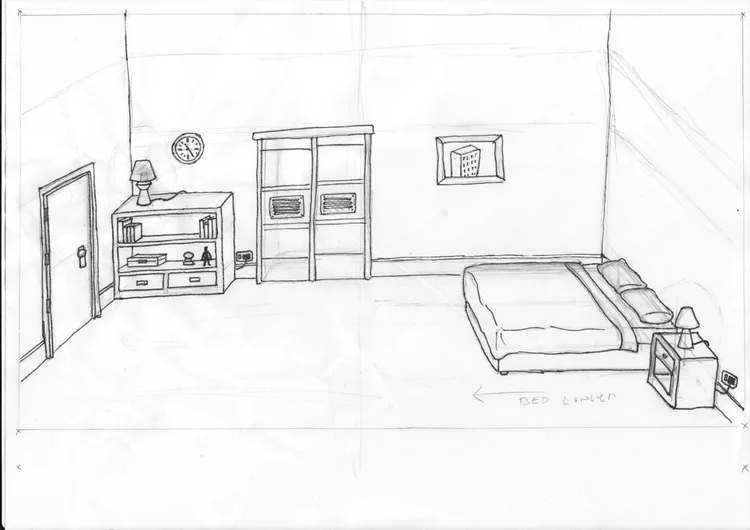

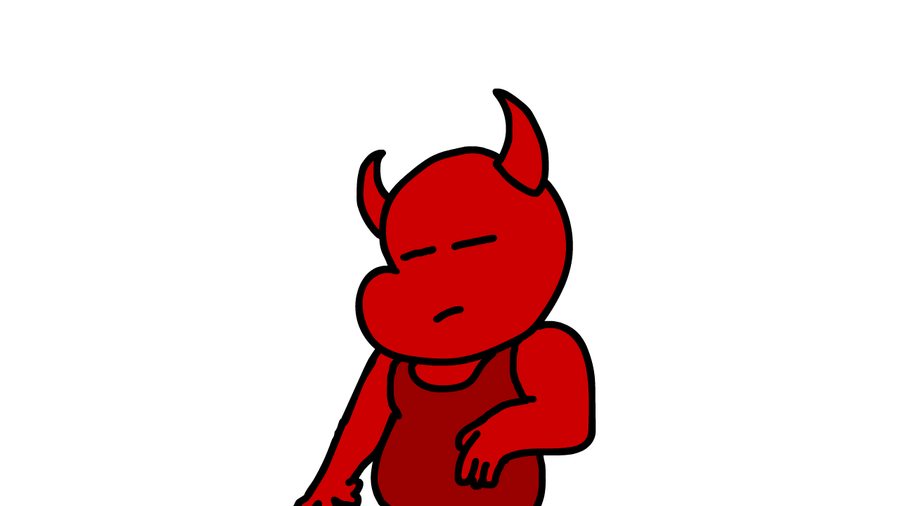
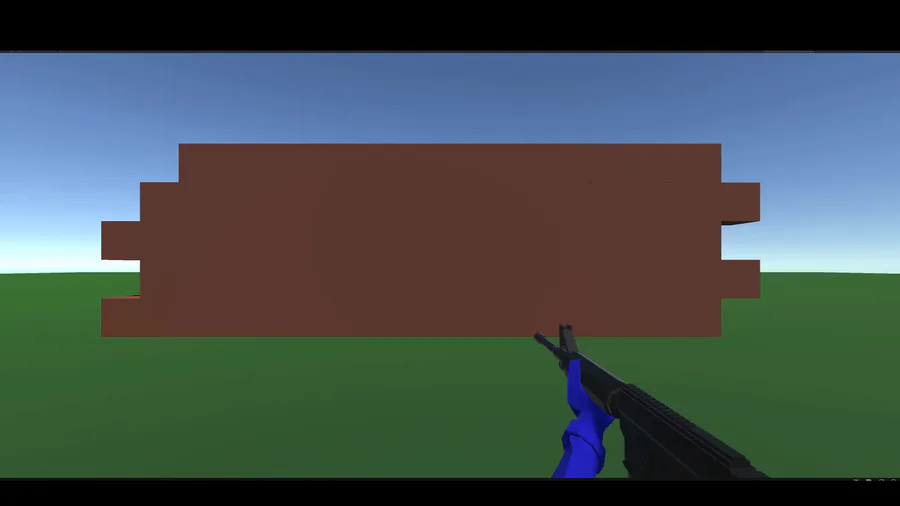


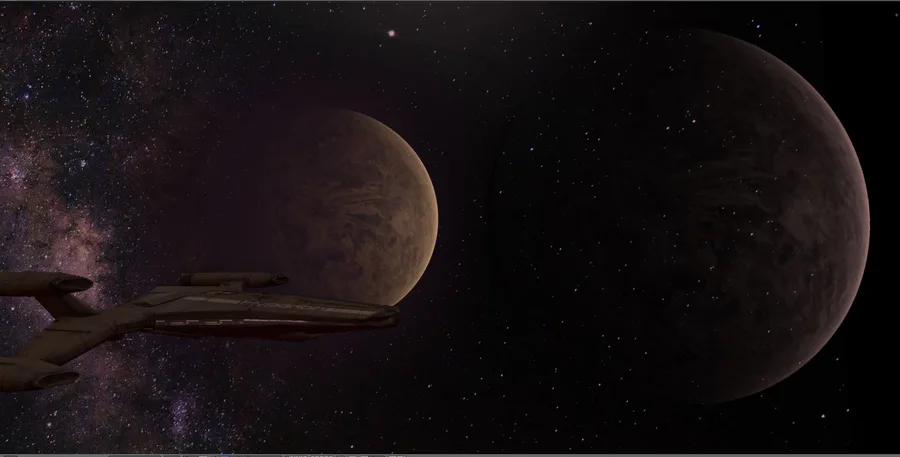
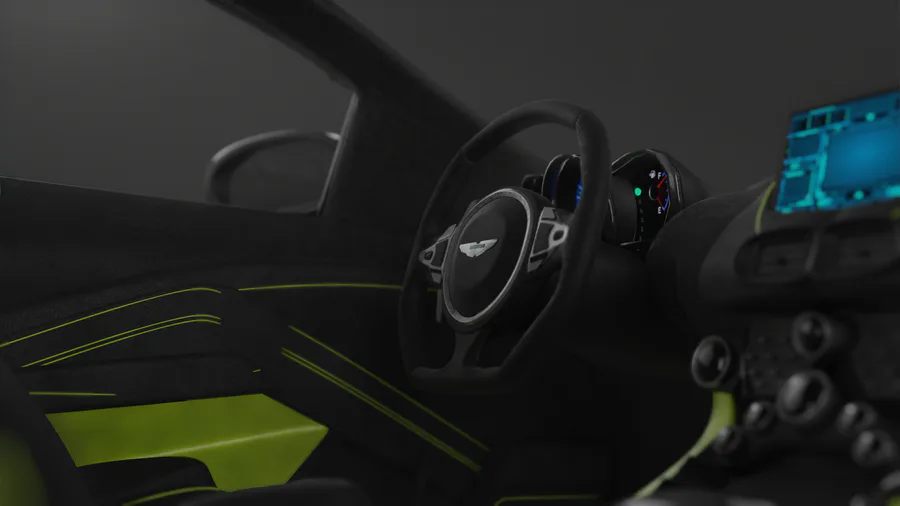
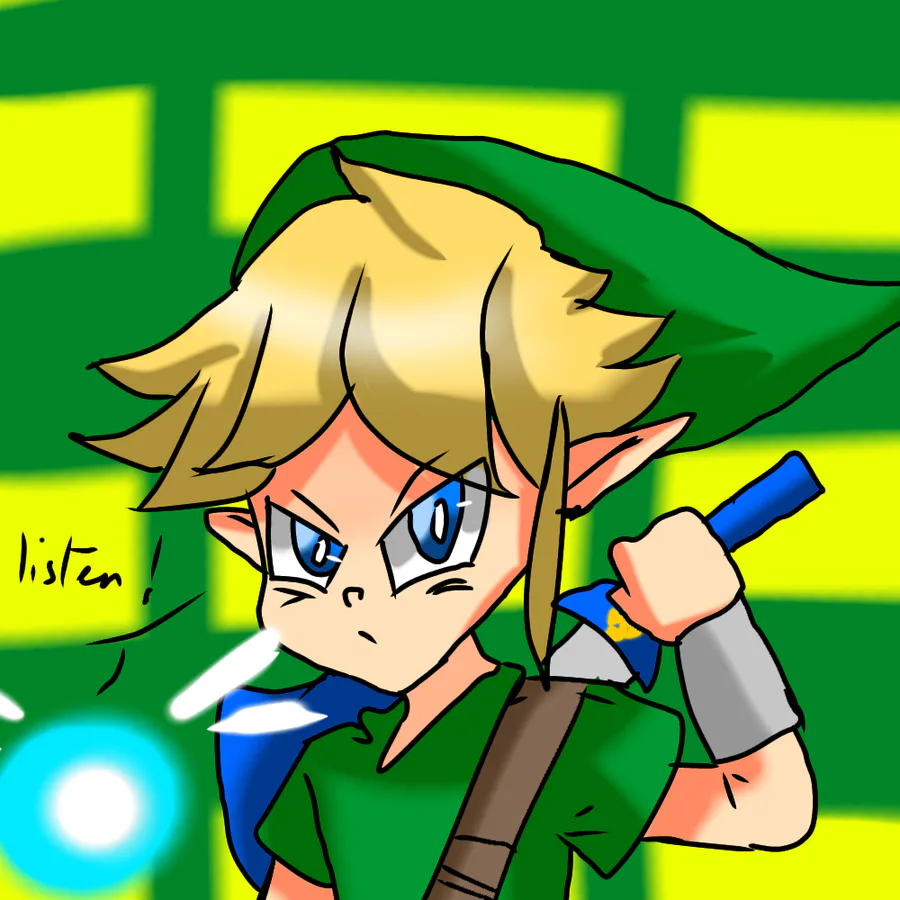


3 comments